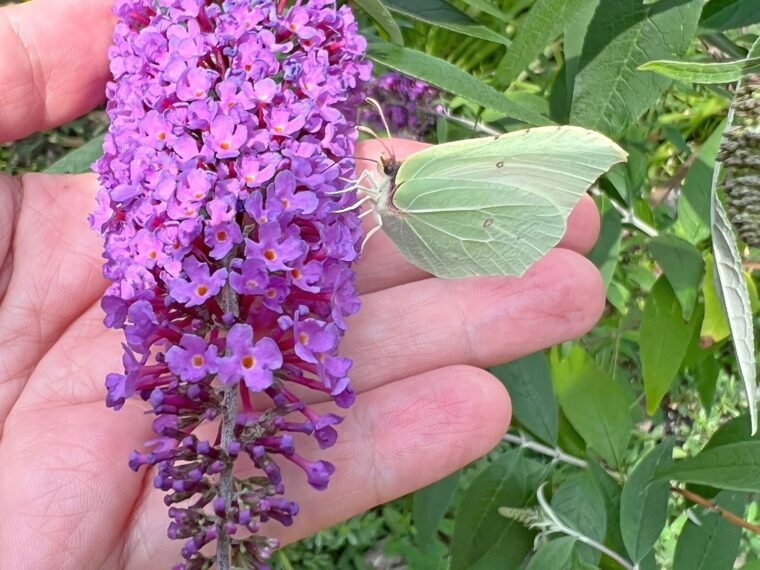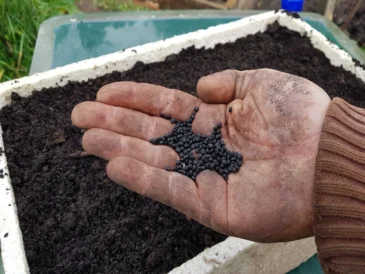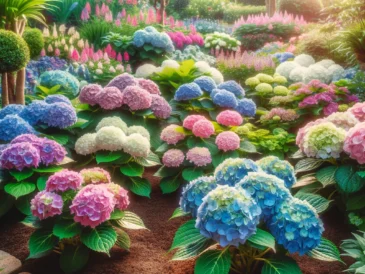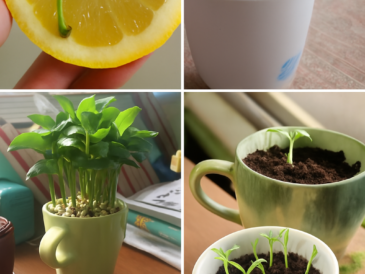The butterfly bush, or Buddleja, is often admired for its vibrant blooms and reputation as a magnet for butterflies. It’s frequently marketed as a must-have for pollinator-friendly gardens. However, what many gardeners don’t realize is that growing a butterfly bush can have significant downsides. Below, we’ll explore why you might want to reconsider planting one and what you can do if you already have this popular shrub in your garden.
Why You Should Avoid Growing Butterfly Bush
1. It’s an Invasive Species
Butterfly bush is not native to most regions where it’s sold. Originally from Asia, it has spread aggressively in parts of North America, Europe, and Australia.
- Invasive behavior: It self-seeds prolifically, often escaping cultivation and outcompeting native plants in natural areas.
- Environmental harm: Its spread reduces biodiversity, as it crowds out native plants that local wildlife rely on for food and shelter.
2. It’s Not Truly Pollinator-Friendly
Despite its name, butterfly bush does more harm than good for pollinators:
- Nectar-only resource: While it provides nectar for butterflies, it doesn’t offer food or habitat for caterpillars, which are the larvae of butterflies. Without native host plants, butterfly populations can’t complete their life cycles.
- Disrupts ecosystems: Its dominance can decrease the availability of native flowers, which offer a broader range of nutrients and benefits to pollinators.
3. Difficult to Manage
Once established, butterfly bush can be challenging to control:
- Rapid growth: Its vigorous growth habit means it can quickly dominate a garden.
- Persistent seeds: Its seeds can remain viable in the soil for years, making it hard to eliminate completely.
4. Regulatory Restrictions
In some areas, butterfly bush is classified as a noxious weed, and planting it is either discouraged or prohibited. For example:
- In Oregon and Washington, the sale and propagation of certain Buddleja species are regulated due to their invasive nature.
Alternatives to Butterfly Bush
If you want to support pollinators and add beauty to your garden, consider planting native species that offer similar benefits without the downsides.
Native Plants for Butterflies
- Milkweed (Asclepias spp.)
- Essential for monarch butterflies as a host plant.
- Coneflower (Echinacea spp.)
- Provides nectar for butterflies and seeds for birds.
- Joe-Pye Weed (Eutrochium spp.)
- Attracts a wide variety of pollinators, including butterflies and bees.
- Goldenrod (Solidago spp.)
- A late-season bloom that supports migrating butterflies.
Native Shrubs
- Buttonbush (Cephalanthus occidentalis)
- A native shrub that supports butterflies and other pollinators.
- Spicebush (Lindera benzoin)
- A host plant for the spicebush swallowtail butterfly.
What to Do if You Already Have a Butterfly Bush
TO CONTINUE READING THE ARTICLE PLEASE SEE PAGE 2




